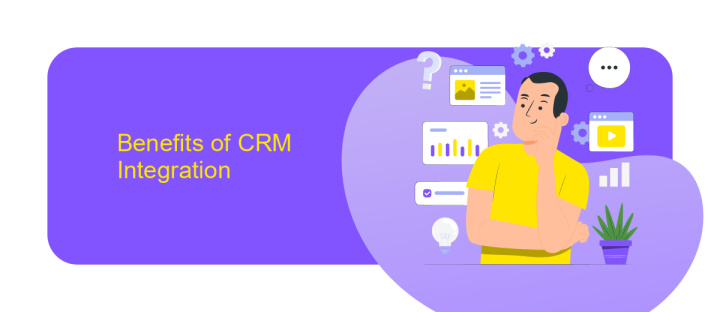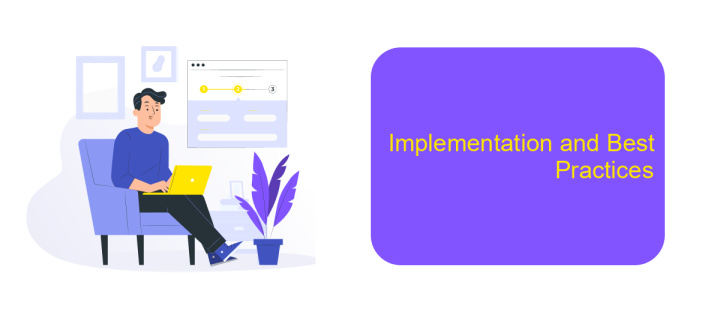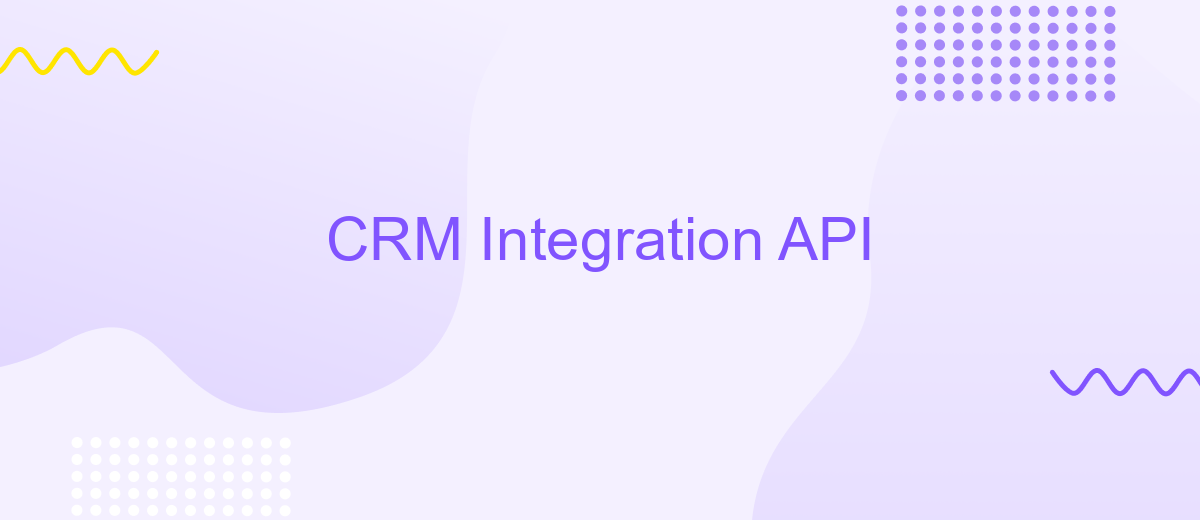CRM Integration API
In today's fast-paced business environment, the integration of Customer Relationship Management (CRM) systems through APIs has become essential for streamlining operations and enhancing customer interactions. CRM Integration APIs enable seamless data exchange between diverse platforms, ensuring that businesses can access real-time information and insights. This article explores the benefits, challenges, and best practices of implementing CRM Integration APIs to optimize your organization's customer relationship strategies.
Introduction to CRM Integration API
Customer Relationship Management (CRM) Integration API is a powerful tool that enables seamless communication between your CRM system and other software applications. This integration facilitates the automation of data exchange, ensuring that customer information is consistent and up-to-date across all platforms. By leveraging CRM Integration API, businesses can enhance their operational efficiency, improve customer service, and gain valuable insights into customer behavior and preferences.
- Streamline data synchronization between different systems.
- Automate routine tasks to save time and reduce errors.
- Enhance customer experience by providing personalized services.
- Gain insights through comprehensive data analysis.
- Improve decision-making with real-time data access.
Implementing a CRM Integration API requires careful planning and execution to ensure compatibility with existing systems. It involves setting up secure communication protocols, defining data formats, and establishing error-handling procedures. With the right approach, businesses can unlock the full potential of their CRM systems, driving growth and fostering long-term customer relationships. As technology continues to evolve, CRM Integration APIs will play an increasingly vital role in helping businesses stay competitive and responsive to market demands.
Benefits of CRM Integration

Integrating a CRM system with other business applications can significantly enhance operational efficiency and streamline workflows. By centralizing customer data, businesses can ensure that all departments have access to the same information, reducing the risk of errors and improving communication. This integration allows for automated data entry, minimizing manual tasks and freeing up valuable time for employees to focus on more strategic activities. Furthermore, CRM integration can lead to better customer insights, enabling personalized marketing strategies and improved customer service, ultimately boosting customer satisfaction and loyalty.
Utilizing services like ApiX-Drive can simplify the integration process, offering a user-friendly platform to connect various applications without the need for extensive technical knowledge. ApiX-Drive provides a seamless way to automate data transfers between systems, ensuring that information is always up-to-date and accessible. This not only enhances productivity but also supports data-driven decision-making by providing real-time analytics. As a result, businesses can respond more swiftly to market changes and customer needs, maintaining a competitive edge in their industry.
Key Features and Functionalities

The CRM Integration API offers a robust set of features designed to streamline business processes and enhance customer relationship management. By enabling seamless data exchange between different software systems, it facilitates a unified view of customer interactions, thus improving decision-making and operational efficiency.
1. Data Synchronization: Automatically updates customer data across multiple platforms, ensuring consistency and accuracy.
2. Customizable Workflows: Allows businesses to tailor workflows to meet specific operational needs, enhancing productivity.
3. Real-time Analytics: Provides instant insights into customer behavior and sales performance, enabling data-driven strategies.
4. Scalability: Easily adapts to growing business needs, supporting an increasing number of users and data volume.
5. Security: Implements advanced security protocols to protect sensitive customer information from unauthorized access.
These key features make the CRM Integration API an essential tool for businesses looking to optimize their customer relationship strategies. By leveraging its capabilities, companies can enhance customer satisfaction, streamline operations, and ultimately drive growth. The API's flexibility and comprehensive functionality ensure it can meet the diverse needs of various industries.
Implementation and Best Practices

Integrating a CRM system using an API involves several critical steps to ensure seamless communication between platforms. First, thoroughly assess the CRM's API documentation to understand its capabilities and limitations. This foundational knowledge allows for informed decisions during the integration process.
Next, design a robust integration architecture that aligns with your business objectives. Consider factors such as data synchronization frequency, security protocols, and error handling mechanisms. A well-structured architecture minimizes potential disruptions and enhances data flow efficiency.
- Ensure API endpoints are correctly configured and tested.
- Implement secure authentication methods like OAuth 2.0.
- Regularly monitor API performance and error logs.
- Maintain comprehensive documentation for future reference.
Finally, follow best practices by iteratively testing the integration in a controlled environment before full deployment. Engage stakeholders in the testing phase to gather feedback and make necessary adjustments. Continuous monitoring post-deployment is crucial for identifying and resolving issues promptly, ensuring the integration remains reliable and effective over time.
- Automate the work of an online store or landing
- Empower through integration
- Don't spend money on programmers and integrators
- Save time by automating routine tasks
Use Cases and Examples
Integrating a CRM system with other business applications can significantly enhance operational efficiency. For example, a sales team can automatically sync customer interactions from email and social media platforms into the CRM, ensuring that all communications are logged and accessible in one place. This seamless integration allows for better tracking of customer engagement and helps sales representatives tailor their approach based on real-time data. By using APIs, businesses can automate these processes, reducing manual data entry and minimizing errors.
Another practical use case of CRM Integration API is in marketing automation. Businesses can connect their CRM with marketing tools to automate lead nurturing campaigns. For instance, when a new lead is added to the CRM, an API can trigger a series of personalized emails or SMS messages, guiding the lead through the sales funnel. Services like ApiX-Drive facilitate these integrations by providing a user-friendly platform to connect various applications without requiring extensive coding knowledge. This empowers businesses to leverage their CRM data across multiple channels, enhancing customer experience and driving growth.
FAQ
What is a CRM Integration API?
How can I integrate my CRM with other applications?
What are the benefits of integrating a CRM with other systems?
Do I need technical expertise to use a CRM Integration API?
How secure is the data exchanged through a CRM Integration API?
Time is the most valuable resource for business today. Almost half of it is wasted on routine tasks. Your employees are constantly forced to perform monotonous tasks that are difficult to classify as important and specialized. You can leave everything as it is by hiring additional employees, or you can automate most of the business processes using the ApiX-Drive online connector to get rid of unnecessary time and money expenses once and for all. The choice is yours!


